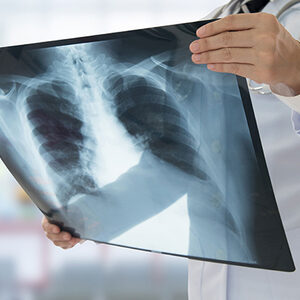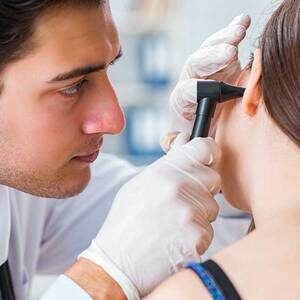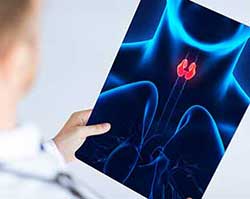Consult City's Top Doctors, The Minute You Need To
First Consultation starting
@ ₹249 ₹499
2907
Dermatologists
1074787
Cases done
by Dermatologists
1783
Hospitals
Polymorphic Light Eruption: All you need to kno
About
Sensitive skin on exposure to sunlight develops rashes known as Polymorphic Light Eruption.
The incidence of Polymorphic Light Eruption varies throughout the world about 10%- 20%. There is a higher incidence rate in Northern Europe than in Australasia.
- Anyone with a high sensitivity to sunlight becomes a victim of Polymorphic Light Eruption.
- It usually heals in a few days time.
- It is best to seek medical advice for unusual rashes.
- Medical diagnosis is required.
Polymorphic Light Eruption is the rash developed when sensitive skin is exposed to sunlight. It usually happens during spring and summer where there is typically more sunlight and therefore more exposure. It manifests itself in the form of raised red patches, blisters, itching, burning and pain. Medical diagnosis and treatment are advised in this case. The rash usually subsides in a few days without leaving any traces. Although it can reoccur on further exposure.
Ages affected - All individuals irrespective of gender and skin type can be affected.
More prevalent among women and people with fairer skin tones.
People of age 20 -40 are more likely to contract Polymorphic Light Eruption. Sometimes seen in children.
Symptoms:
Medically diagnosable
Areas of the human body that are uncovered by clothing notably in summer are vulnerable to this skin condition. This includes the chest, neck, arms, and legs.
People may experience
Raised red patches - Usually seen on the upper chest, neck, legs, and arms.
Red bumps in small groups - Concentrated groups of protrusions.
Itching and burning- in the affected areas.
Treatment
Self Care: Avoiding sun exposure especially during midday, using an SPF of minimum 30 whatever the weather, using hats all help in battling polymorphic light eruption.
Medication: A doctor might suggest using cold compresses on the area that is affected. Steroid creams and antibiotics in case of infection, are also commonly used methods of treatment.
Specialists: A physician or a dermatologist can best decide if skin hardening, desensitization treatments is necessary. The lack of Vitamin D in people with Polymorphic Light Eruption can also be gauged and treated with medical expertise. Come join us at mfine and let the experts resolve all your medical queries.
Other Specialities
Give a missed call to 08061914343 to Download the App
































